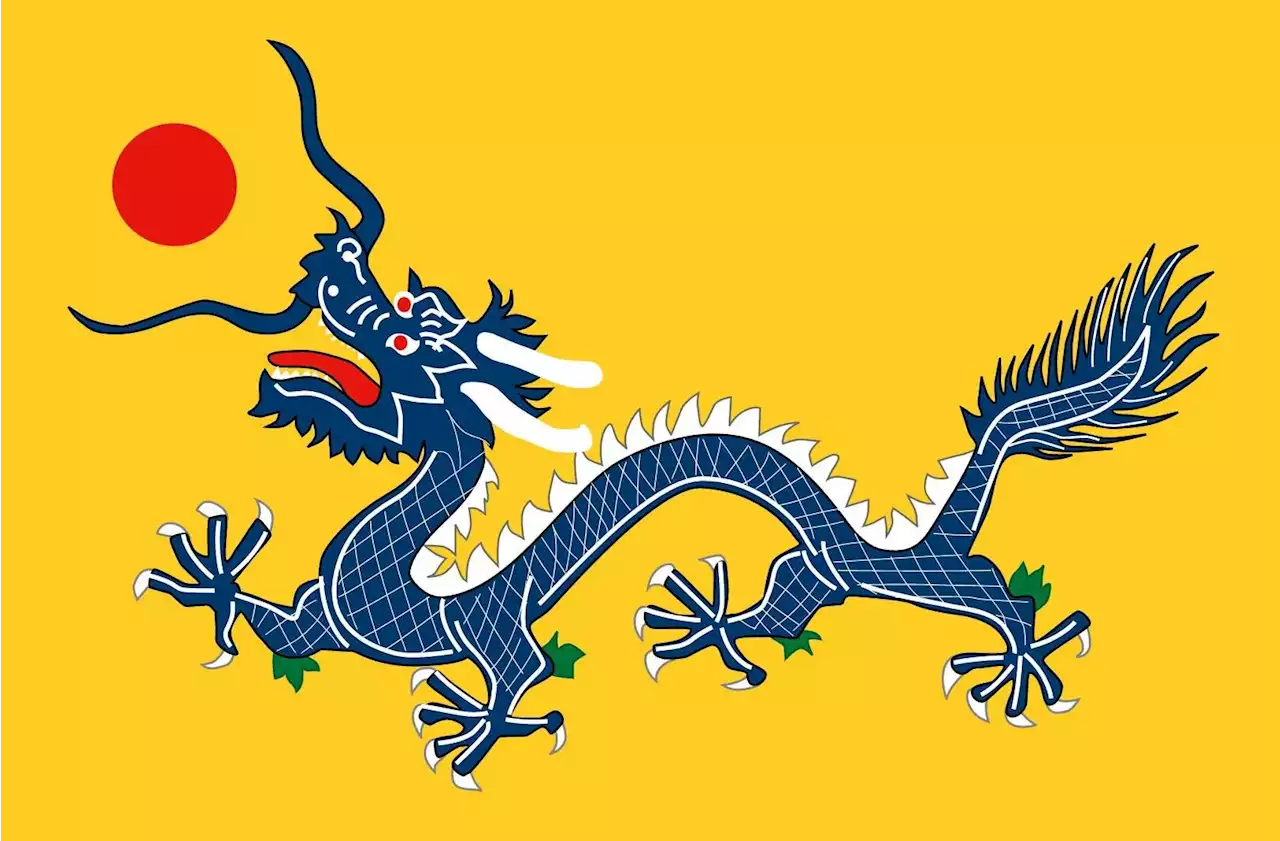Neanderthals treated their dead with care — but contrary to a long-standing hypothesis, they probably didn’t bury them with flowers, according to a new study.
A grave unearthed in 1960 led researchers to hypothesize that Neanderthals interred their dead with flowers — challenging the prevailing view that the ancient humans were dumb and brutish. Now scientists say a key piece of evidence from the site, which helped shape the study of Neanderthals, might have been misinterpreted. Archaeologist Ralph Solecki discovered the flower burial, as it came to be known, while exploring Shanidar Cave in the Kurdistan region of northern Iraq.
And when Hunt examined Leroi-Gourhan’s illustrations of the pollen found with Shanidar 4, he saw that one of the clumps contained pollen from more than one species of plant. “That is a red flag,” he said, because a flower’s anther only contains pollen from that species. Even if two different kinds of flower were in the same bouquet, it wouldn’t make sense for the pollen of two different species of flowers to be so closely stuck together.
United States Latest News, United States Headlines
Similar News:You can also read news stories similar to this one that we have collected from other news sources.
 Challenging Assumptions: Scientists Unearth Untold Technological Secrets of NeanderthalsSimilar to contemporary humans, Neanderthals crafted and utilized bone tools for their daily needs. Were anatomically modern humans the only ones who knew how to turn bone into tools? A new discovery at the Chez-Pinaud-Jonzac Neanderthal site by an international research team puts this question to
Challenging Assumptions: Scientists Unearth Untold Technological Secrets of NeanderthalsSimilar to contemporary humans, Neanderthals crafted and utilized bone tools for their daily needs. Were anatomically modern humans the only ones who knew how to turn bone into tools? A new discovery at the Chez-Pinaud-Jonzac Neanderthal site by an international research team puts this question to
Read more »
 ‘Hesitation Wound’ Review: A Pitch-Perfect Character Study Explores the Vagaries of JusticeA criminal defense attorney juggles urgent matters on the job and within her family in a Turkish drama premiering at the Venice Film Festival.
‘Hesitation Wound’ Review: A Pitch-Perfect Character Study Explores the Vagaries of JusticeA criminal defense attorney juggles urgent matters on the job and within her family in a Turkish drama premiering at the Venice Film Festival.
Read more »
 Beyond Faces: Stanford Study Reveals Broader Memory Challenges in Children With AutismStanford Medicine researchers have demonstrated that memory challenges in autism are not limited to facial recognition. This discovery indicates a broader involvement of memory in the neurobiology of the condition. Children with autism face memory challenges that impact not only their recall of f
Beyond Faces: Stanford Study Reveals Broader Memory Challenges in Children With AutismStanford Medicine researchers have demonstrated that memory challenges in autism are not limited to facial recognition. This discovery indicates a broader involvement of memory in the neurobiology of the condition. Children with autism face memory challenges that impact not only their recall of f
Read more »
 New study uncovers the causes of the Qing Dynasty's collapseThe Qing Dynasty in China, after over 250 years, crumbled in 1912. Led by the Complexity Science Hub (CSH), an international research team has pinpointed key reasons behind the collapse, revealing parallels to modern instability and offering vital lessons for the future.
New study uncovers the causes of the Qing Dynasty's collapseThe Qing Dynasty in China, after over 250 years, crumbled in 1912. Led by the Complexity Science Hub (CSH), an international research team has pinpointed key reasons behind the collapse, revealing parallels to modern instability and offering vital lessons for the future.
Read more »
 Most species are rare, but not very rare, finds biodiversity monitoring studyMore than 100 years of observations in nature have revealed a universal pattern of species abundances: Most species are rare but not very rare, and only a few species are very common. These so-called global species abundance distributions have become fully unveiled for some well-monitored species groups, such as birds. For other species groups, such as insects, however, the veil remains partially unlifted.
Most species are rare, but not very rare, finds biodiversity monitoring studyMore than 100 years of observations in nature have revealed a universal pattern of species abundances: Most species are rare but not very rare, and only a few species are very common. These so-called global species abundance distributions have become fully unveiled for some well-monitored species groups, such as birds. For other species groups, such as insects, however, the veil remains partially unlifted.
Read more »
